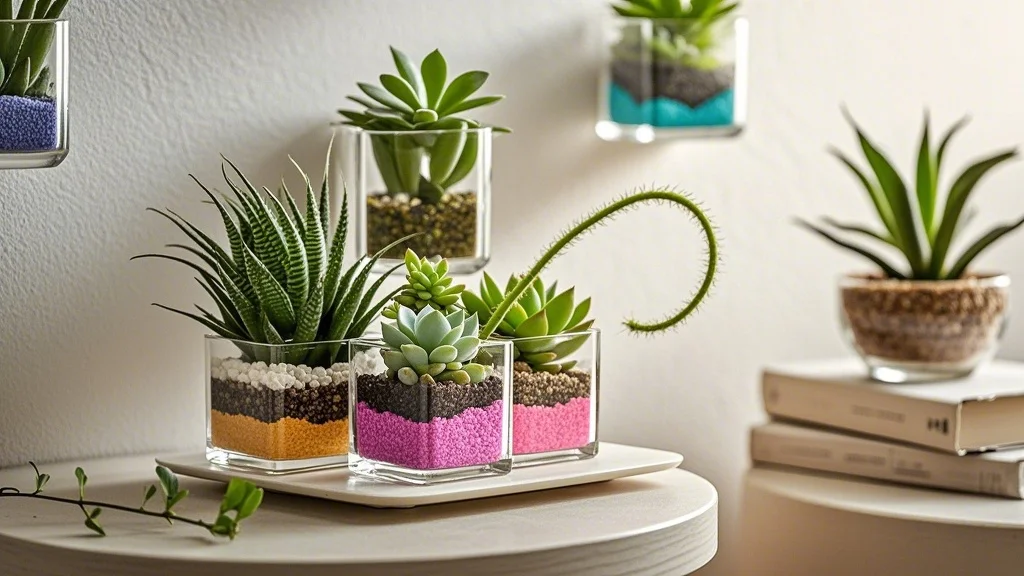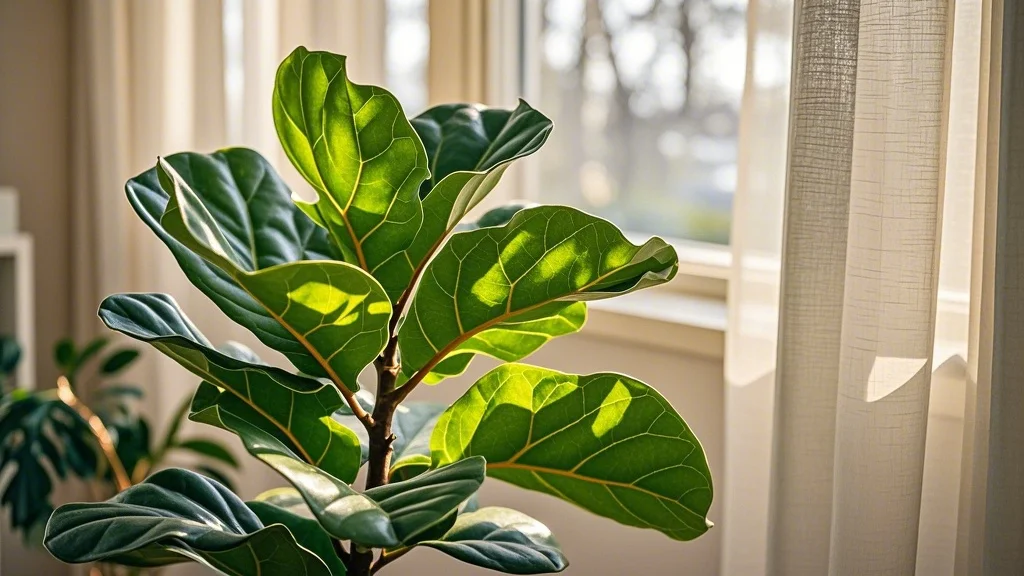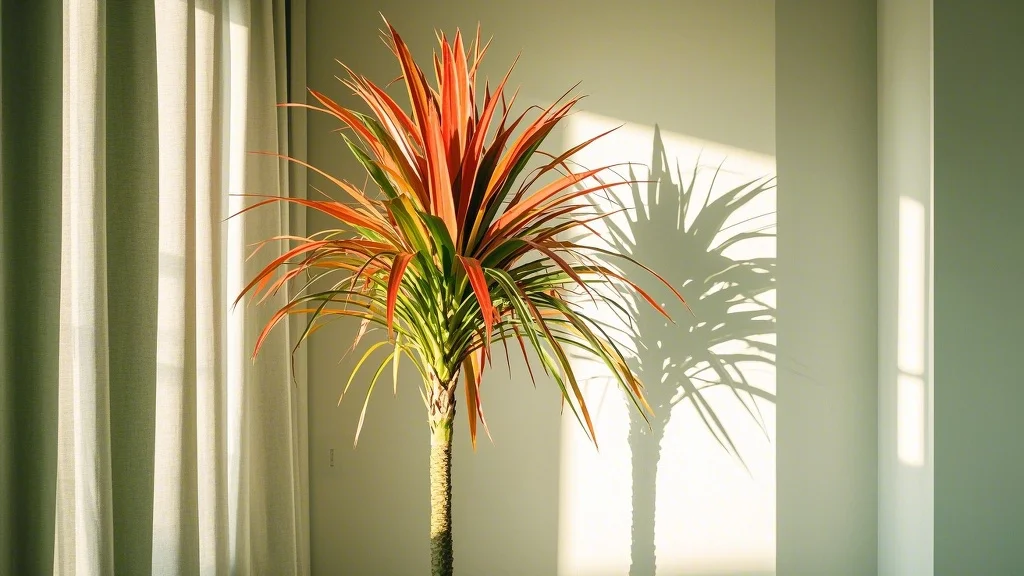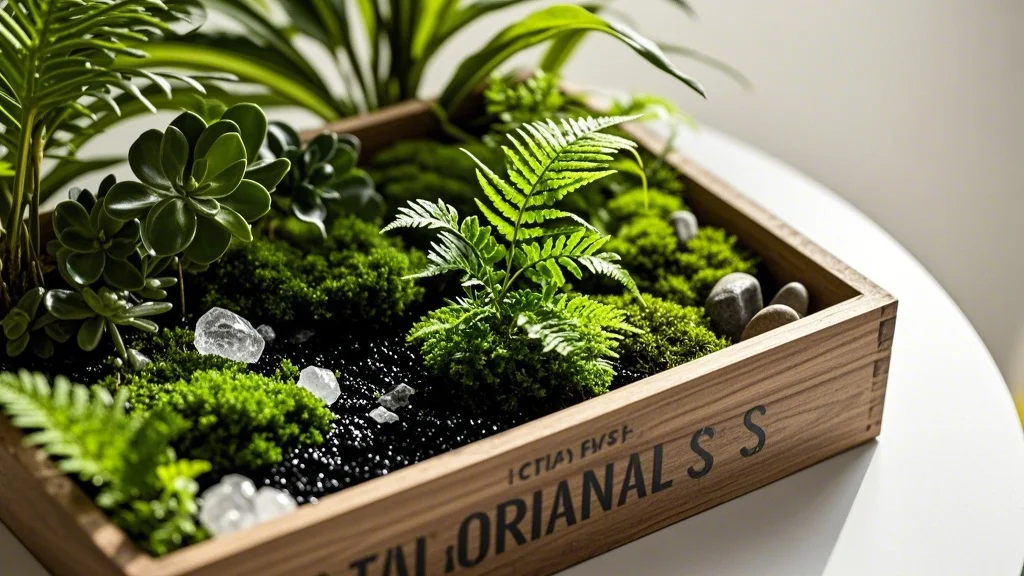Are you looking for an easy-to-care-for houseplant that adds a touch of green to your urban space? Look no further than the spider plant (Chlorophytum comosum). This resilient and attractive plant is perfect for beginners and busy plant parents alike. In this comprehensive guide, we’ll explore everything you need to know about spider plant care, from basic maintenance to propagation techniques.
Contents
What is a Spider Plant?
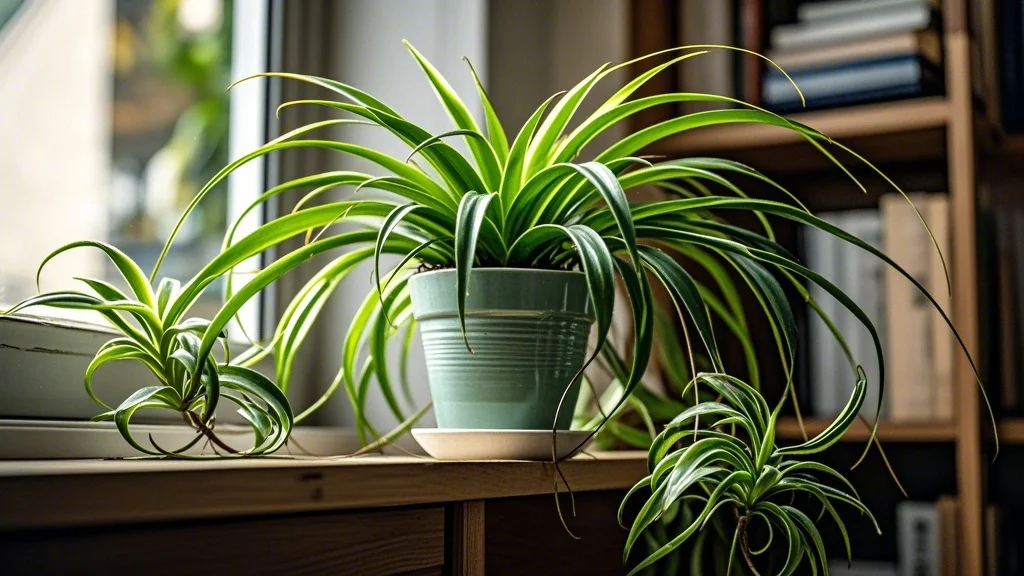
Spider plants, scientifically known as Chlorophytum comosum, are popular houseplants native to tropical and southern Africa. They get their name from their long, arching leaves and the small plantlets that dangle from long stems, resembling spiders on a web. These plants are known for their air-purifying qualities and their ability to thrive in various indoor conditions.
Why Choose a Spider Plant?
- Low maintenance
- Adaptable to various light conditions
- Air-purifying properties
- Safe for pets and children
- Easy to propagate
- Attractive cascading foliage
Basic Spider Plant Care
Light Requirements
Spider plants are adaptable to various light conditions, making them ideal for different areas of your home. They prefer bright, indirect light but can tolerate lower light conditions. Here’s a quick guide:
- Ideal: Bright, indirect light
- Acceptable: Medium to low light
- Avoid: Direct sunlight (can scorch leaves)
Place your spider plant near a north or east-facing window for optimal growth. If you only have a south or west-facing window, use a sheer curtain to filter the intense light.
Watering
Spider plants are relatively drought-tolerant but prefer consistent moisture. Follow these watering tips:
- Water when the top inch of soil feels dry
- Use room temperature water
- Ensure proper drainage to prevent root rot
- Reduce watering frequency in winter
Overwatering is more harmful than underwatering, so err on the side of caution. Yellow leaves often indicate overwatering, while brown tips may signal underwatering or low humidity.
Soil and Potting
Choose a well-draining potting mix for your spider plant. A standard houseplant potting soil with added perlite or coarse sand works well. When potting or repotting:
- Select a pot with drainage holes
- Use a pot 1-2 inches larger than the current one
- Repot every 1-2 years or when roots become visible at the surface
Temperature and Humidity
Spider plants are comfortable in average indoor temperatures and humidity levels. However, they thrive in slightly higher humidity. Ideal conditions include:
- Temperature: 60-80°F (15-27°C)
- Humidity: 40-60%
To increase humidity, try these methods:
- Mist the leaves regularly
- Use a pebble tray filled with water
- Group plants together
- Use a humidifier in dry environments
Fertilizing
Spider plants don’t require heavy feeding, but regular fertilization during the growing season can promote healthy growth and vibrant foliage. Follow these guidelines:
- Feed monthly during spring and summer
- Use a balanced, water-soluble houseplant fertilizer
- Dilute the fertilizer to half-strength
- Avoid fertilizing in fall and winter
Over-fertilizing can lead to brown leaf tips, so it’s better to under-fertilize than overdo it.
Common Spider Plant Varieties
While the classic green and white variegated spider plant is the most common, there are several attractive varieties to consider:
- Chlorophytum comosum ‘Vittatum’: Green leaves with white edges
- Chlorophytum comosum ‘Variegatum’: White leaves with green edges
- Chlorophytum comosum ‘Bonnie’: Curly leaves with white stripes
- Chlorophytum comosum ‘Reverse Variegatum’: Dark green leaves with light green center stripe
- Chlorophytum comosum ‘Solid Green’: All-green leaves
Pruning and Maintenance
Regular pruning helps maintain the plant’s shape and encourages healthy growth. Follow these tips:
- Remove yellow or brown leaves at the base
- Trim off damaged leaf tips
- Cut off spent flower stalks
- Remove plantlets if you don’t want to propagate
Use clean, sharp scissors or pruning shears to avoid damaging the plant.
Propagation

One of the most exciting aspects of spider plant care is how easy they are to propagate. There are two main methods:
Plantlet Propagation
- Wait for the spider plant to produce plantlets (baby plants)
- Allow the plantlet to develop roots while still attached to the mother plant
- Once roots are 1-2 inches long, cut the stem connecting it to the mother plant
- Plant the baby in moist potting soil
- Keep the soil consistently moist until new growth appears
Division
- Remove the plant from its pot
- Gently separate the root ball into smaller sections, each with several leaves
- Pot each section in fresh potting mix
- Water thoroughly and place in bright, indirect light
Troubleshooting Common Issues
Brown Leaf Tips
Causes:
- Low humidity
- Overwatering or underwatering
- Fluoride in tap water
- Over-fertilization
Solutions:
- Increase humidity
- Adjust watering habits
- Use distilled or rainwater
- Reduce fertilizer application
Yellow Leaves
Causes:
- Overwatering
- Poor drainage
- Nutrient deficiency
Solutions:
- Allow soil to dry between waterings
- Ensure proper drainage
- Fertilize regularly during growing season
Pale Leaves
Causes:
- Too much direct sunlight
- Nutrient deficiency
Solutions:
- Move to a location with bright, indirect light
- Fertilize with a balanced houseplant fertilizer
Lack of Growth or Plantlets
Causes:
- Insufficient light
- Overcrowded roots
- Lack of nutrients
Solutions:
- Move to a brighter location
- Repot into a larger container
- Fertilize regularly during growing season
Decorating with Spider Plants
Spider plants are versatile and can be used in various ways to enhance your home decor:
- Hanging baskets: Showcase their cascading foliage
- Shelf displays: Create a green backdrop for books and decor items
- Room dividers: Use multiple plants to create a natural partition
- Bathroom accents: Thrive in humid environments
- Office plants: Purify air and add a touch of nature to workspaces
Benefits of Spider Plants
Beyond their aesthetic appeal, spider plants offer several benefits:
- Air purification: Remove indoor air pollutants like formaldehyde and xylene
- Stress reduction: Caring for plants can lower stress levels
- Improved focus: Plants in workspaces can enhance concentration
- Humidity regulation: Help maintain optimal indoor humidity levels
- Educational value: Great for teaching children about plant care and responsibility
Conclusion
Spider plants (Chlorophytum comosum) are the perfect choice for beginners and busy plant parents looking to add some greenery to their urban spaces. With their easy care requirements, air-purifying qualities, and attractive foliage, these versatile plants can thrive in various indoor environments. By following the care tips outlined in this guide, you’ll be well on your way to growing healthy, vibrant spider plants that will enhance your home for years to come.
Remember, the key to success with spider plants lies in providing bright, indirect light, consistent but not excessive watering, and occasional fertilization. With a little attention and care, your spider plant will reward you with lush growth, air-purifying benefits, and even baby plants that you can share with friends and family.
Whether you’re just starting your plant parenthood journey or looking to expand your indoor garden, the spider plant is an excellent choice that combines beauty, functionality, and ease of care. Happy growing!

